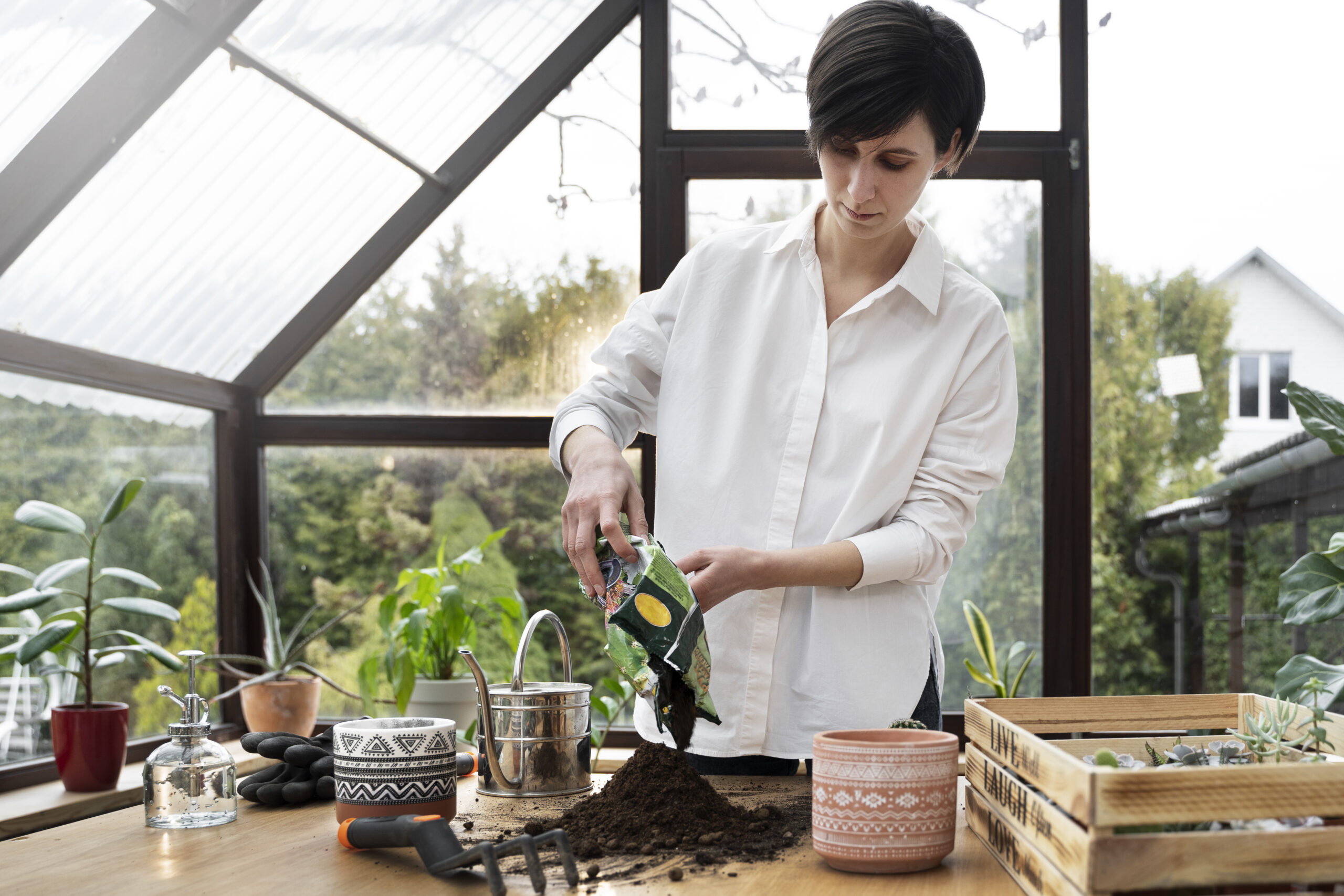The Ultimate 20 Step Guide to Eco-Friendly Living
Leading an eco-friendly lifestyle is one of the great things one can do to save our planet. It all adds up: by changing simple daily habits, you can make a significant reduction in your carbon footprint. No matter if you are a complete beginner in this journey or searching for new inspiration, here are 20 easy steps to a greener life. Easy steps, so quite practical to stick to, yet pretty useful for both the environment- and your budget’s sake.
Why Living Sustainably Matters
Turning off the lights when leaving a room or unplugging the power cord of chargers when they are not in use are simple acts that lead to minimizing energy consumption – they contribute to green living. Notably, the more people walk or use bicycles, public transport, and carpooling, the less energy will be used for personal transportation. Behaviors like recycling and waste minimization translate into a reduction in energy use. That’s why adopting a lifestyle that makes minimal environmental impact is essential.
1. Turn Off Electrical Devices
Turning off electrical devices when they are not in use is one of the easiest ways to save energy. Leaving appliances on standby uses power. Cut energy waste and switch them off at the wall. It’s this simple habit that can lower your electricity bill and reduce your carbon footprint.
2. Choose Energy-Efficient Appliances
Check the energy-efficiency ratings of new appliances when you buy them. The energy-efficient models require less power to operate, which can help save you a lot of money over time. For bigger changes, consider solar panels or an air source heat pump to generate renewable energy sources for or in the home.
3. Switch to Renewable Energy
Another powerful way to support the environment is by selecting a green electricity supplier. This can be done by looking for the ones that generate electricity from wind, solar, or hydro sources and do not give preference to conventional fuels like gas and coal. This shall contribute in fighting against and not even increase the franchises over fossil fuels.
4. Adopt a Plant-Based Diet
Cutting back on meat, specifically red meat, can have a big impact on reducing one’s carbon footprint in the world. See if you can go plant-based a couple of days in a week. Plant-based diets are not very resource-intensive regarding water and land and hence can be sustainable.
5. Reduce Food Waste
In the UK, there are millions of tons of food wasted yearly, which adds to the emission from landfills. To avert this one should freeze leftovers, maintain eating food within the stipulated time frame, and use a meal plan to use what you have. Reduction of food waste cuts costs and benefits the environment.
6. Compost Food Scraps
Food scraps composted create natural fertilizer for your garden and keep organic waste out of landfills where they would release the harmful gas methane. If you do not have a compost bin, check your local area for food waste collection programs.
7. Avoid Junk Mail
Composting, it is known in particular to significantly decrease the contribution to waste in landfills; approximately 30% of total household waste is garbage composed only of kitchen scraps. So, maybe take the time to reduce junk mail coming into your home which makes up a decent chunk of your waste; it’s pretty easy to get off those lists.
8. Trash the Plastics
Plastic pollution is a huge problem for the environment. Bring reusable bags, buy loose fruits and vegetables, and steer clear of bottled water. Visit a zero-waste shop to refill your containers with pasta, soap, or shampoo, only to trash less plastic.
9. Insulate Your Home
Insulating one’s home is one of the best ways to save energy. It is a powerful method that primarily reduces energy bills by preventing heat loss during winter and keeping cool air produced by air conditioning inside the house from escaping to the outside during summer. The better the insulation, the warmer in winter and cooler in summer your house will stay, and thus, the less you’ll have to spend on heating or air conditioning to keep it that way. Insulated walls, lofts, or windows can slash those energy bills and make your house a little bit greener.
10. Repair Instead of Replace
DIY at Clothing / Electronics / Furniture with online tutorials to fix other stuff in case clothing, electronics, or furniture; if an item is beyond repair, one can at least attempt to repurpose it.
11. Use Eco-Friendly Cleaning Products
A great number of cleaning products are filled with toxins that leak into water and air. Clean with Mother Nature’s cleaning line, which will be much safer for your health and the environment. Look for products containing only simple, organic ingredients.
12. Choose Sustainable Transport
Walking. Biking. Public transport. All of these reduce carbon footprints. If you have to drive, keep your vehicle in good working condition to gain better fuel efficiency, or consider an electric car for a more environmentally friendly alternative.
13. Cook with a Microwave
Ovens consume much more energy than microwave ovens do, so a microwave is the best alternative for those quick little meals. You may cook a wide variety of dishes with a microwave, saving both energy and time.
14. Buy Local Products
Buying locally produced food or goods reduces the carbon emissions from moving them around. It’s also a great way to help boost local businesses while also working to strengthen the economy and support more sustainable practices within your community.
15. Avoid Flying
Flying is one of the major forms of carbon production; hence, it is advisable to travel locally through camping, hiking, or even cycling. These are some of the recommended healthy activities that allow you to have the best of nature without necessarily hurting ‘her’ in the process.
16. Install an Air Source Heat Pump
Substitute: Replace your existing heating system with a renewable energy source, reduce carbon emissions, and avail cost-effective government grants by installing a heat pump.
17. Choose Eco-Friendly Personal Care
Skip products like microbeads or other harmful chemicals in personal care that become part of the wastewater. Choose ‘green’ options, such as biodegradable soaps or shampoos to cut down on pollution entering and harming waterways.
Begin Your Journey to Be Eco-Friendly Today
Every little helps, as they say. It is when you turn off appliances, recycle more, or eat less meat. All of these steps add up. Through following these 20 tips, you can reduce your carbon imprint quite significantly and save a fair amount of money in the process of helping forge a sustainable tomorrow. Implement one or two at the start, and then pile more on gradually. The planet will thank you!






